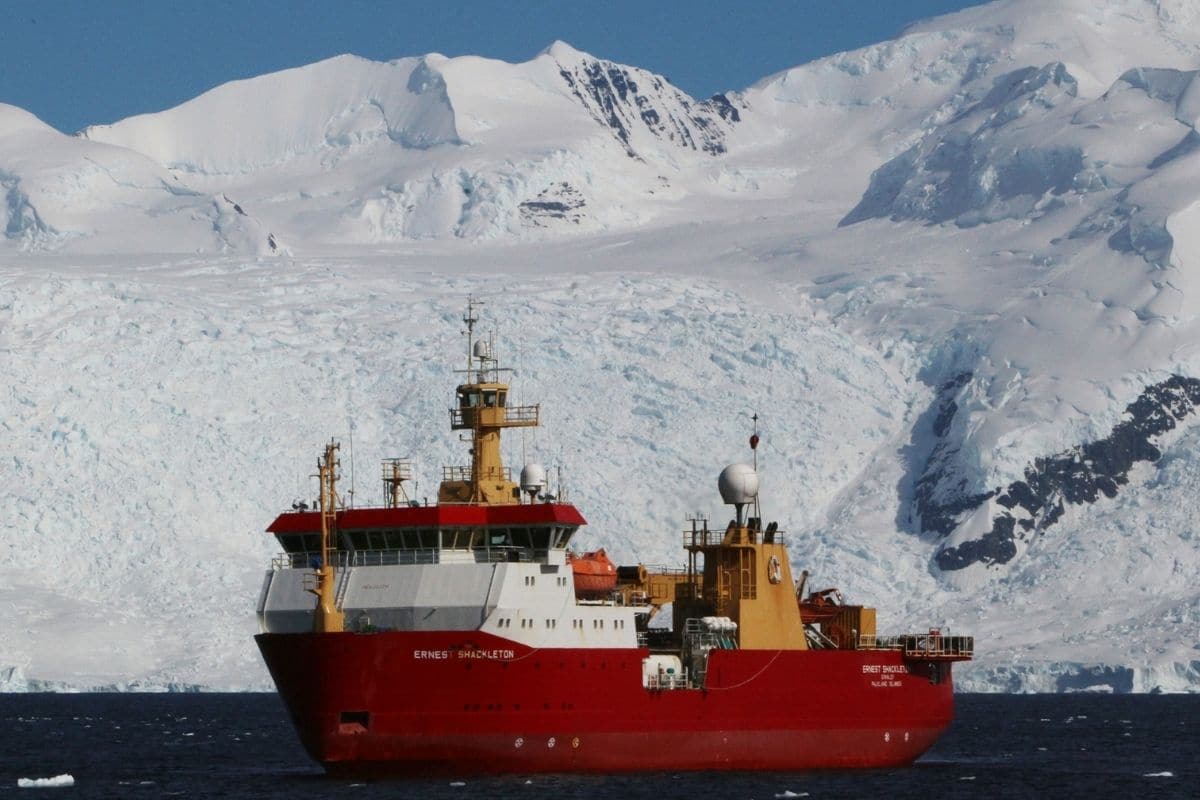

Invasive species piggyback on tourist and research ships, threatening Antarctica’s unique ecosystems.
The Southern Ocean around Antarctica is the most isolated marine environment on Earth. And that has led to a unique mix of plant and animal species in the area. In addition, this region is the only global marine area with no known invasive species. At least, until now. Because the increasing number of ships increases the risk that alien species are accidentally introduced anyway.
ships
In a new study, researchers have mapped the movements of all ships entering Antarctic waters. For example, where do all these ships come from? It leads to a striking conclusion. Because the findings show that Antarctica is connected to virtually all regions of the world via an extensive network of ships; the researchers discovered no fewer than 1,581 ports from which ships depart for the South Pole. These include fishing boats as well as tourism, research and supply vessels. “We were surprised to find that Antarctica is much more globally connected than previously thought,” said study researcher Arlie McCarthy.
Invasive Species
This large number of ships coming from almost all over the world could have far-reaching consequences for the pristine ecosystems of Antarctica. Because according to the researchers, it could very well be that alien species are ‘piggybacking’ on the ships. For example, mussels, barnacles, crabs and algae attach themselves to ship hulls. And that’s how invasive species find their way to the pristine waters around Antarctica. “Exactly which species grow on the ship’s hull depends on where the ship has been,” McCarthy says. “We found that fishing boats operating in Antarctic waters visit relatively few ports. But tourist and supply ships travel all over the world.”
Threat
It means that the animals that have been isolated in and around Antarctica for millions of years are increasingly threatened by new species. “Invasive, alien species are one of the greatest threats to Antarctica’s biodiversity,” said study researcher David Aldridge. Due to their remote, isolated location, many species are unable to cope with the introduction of new animals. For example, mussels have no competitors in Antarctica. And crabs may be a new type of predator that most Antarctic animals have not encountered before.
The scientists say they are particularly concerned about the movement of species from pole to pole. These species are already well resistant to the cold and therefore probably also manage well in the other hemisphere. These animals may be hitching a ride on tourist or research ships that spend the summer in the Arctic before crossing the Atlantic for the Antarctic summer season.
Measures
According to the researchers, it is time for measures. “Biosecurity measures to protect Antarctica – such as hull cleaning – are currently only being taken at a small number of ports,” said researcher Lloyd Peck. However, the results of this study show that it would be better if such measures were taken in many more places. Strict rules are needed to prevent alien species from ending up in Antarctica, according to the researchers. “We are calling for improved protocols and environmental protection measures to protect Antarctic waters from non-native species,” said Peck.
At the same time, the scientists underline that we also need to further expand our knowledge of the looming problem. “We hope our findings will improve the ability to detect invasive species before they become a problem,” McCarthy concludes.
Source material:
“Invasive species ‘hitchhiking’ on tourist and research ships threaten Antarctica’s unique ecosystems– University of Cambridge (via EurekAlert)
Image at the top of this article: Lloyd Peck